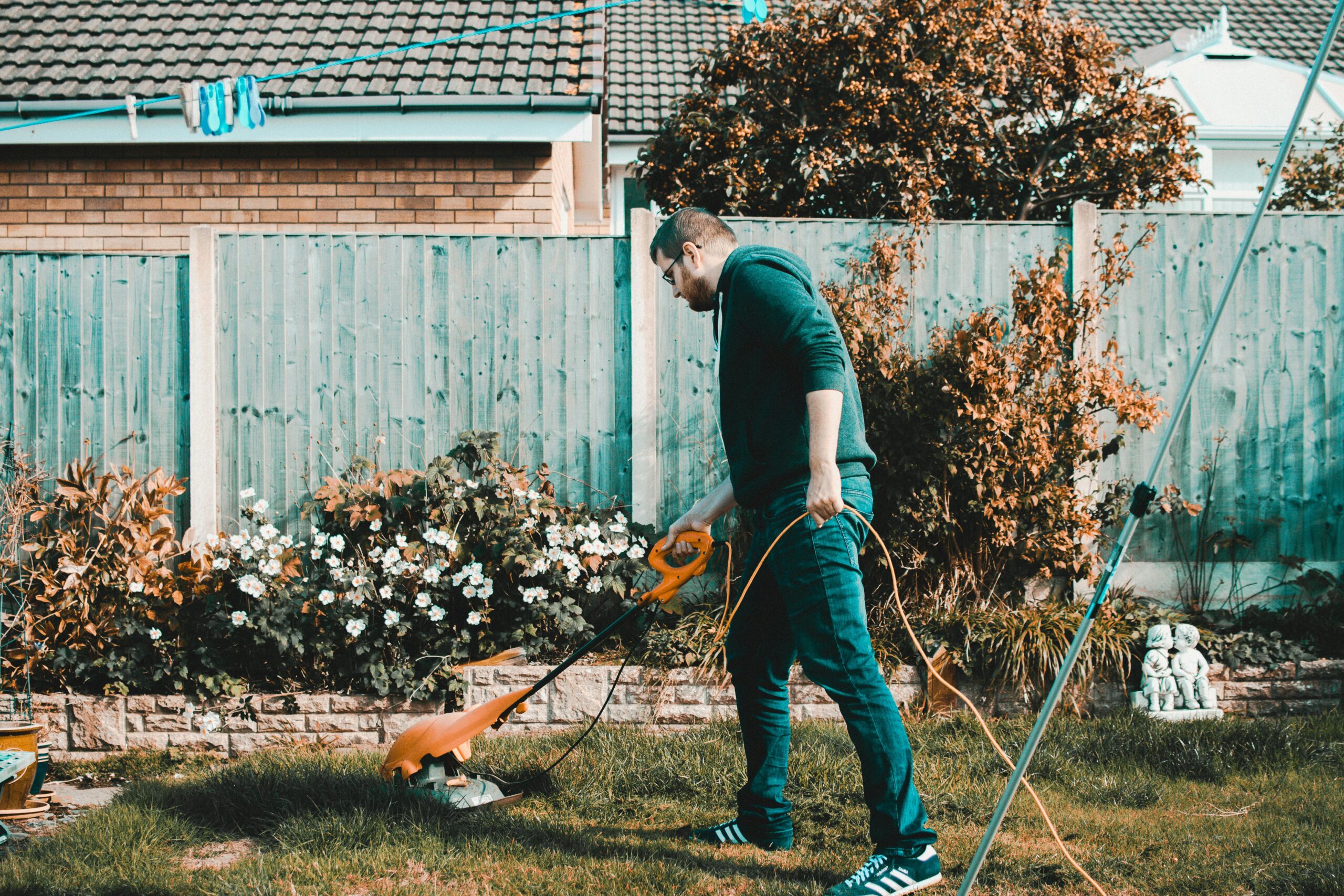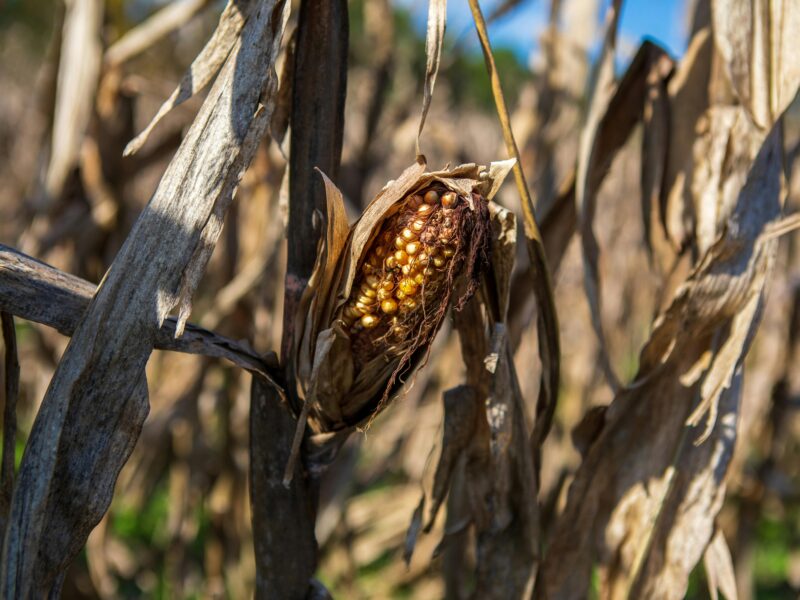Gardening is a rewarding activity that brings us closer to nature and allows us to cultivate beautiful plants, delicious vegetables, and fragrant herbs. However, even the most enthusiastic gardeners can fall into common traps that hinder their gardens’ growth and vitality. Whether you’re a seasoned gardener or a newbie with a green thumb, understanding and avoiding these common gardening mistakes can make all the difference in achieving a thriving garden. Here are ten common gardening mistakes and how you can avoid them to ensure your plants flourish.
1. Overwatering or Underwatering
One of the most common mistakes gardeners make is not understanding the watering needs of their plants. Overwatering can drown the roots, leading to root rot and fungal diseases, while underwatering can cause plants to wilt and die.
How to Avoid It:
Learn the specific water needs of each plant in your garden. Some plants thrive in moist soil, while others prefer dry conditions. Use a moisture meter or simply stick your finger into the soil up to the second knuckle; if it feels dry, it’s time to water. Water deeply but infrequently to encourage strong root growth.
2. Planting in the Wrong Location
Each plant has specific sunlight, shade, and soil requirements. Planting a sun-loving flower in a shaded area or a shade-loving plant in direct sunlight can stunt growth and reduce flowering.
How to Avoid It:
Research the sunlight and shade requirements of each plant. Observe the sunlight patterns in your garden throughout the day to identify areas that receive full sun, partial shade, or full shade, and plant accordingly.
3. Using Poor Soil Quality
Soil quality is the foundation of any garden. Poor soil can be compacted, lacking in nutrients, or have poor drainage, all of which can negatively impact plant health.
How to Avoid It:
Conduct a soil test to understand the pH and nutrient levels in your garden soil. Amend the soil with organic matter like compost, peat moss, or manure to improve its structure, drainage, and nutrient content. Regularly top-dress your garden beds with compost to maintain soil fertility.
4. Ignoring Plant Spacing Requirements
Overcrowding plants is a common mistake, especially in small gardens. While it may seem like a good idea to plant closely for a fuller look, it can lead to poor air circulation, increased competition for nutrients, and a higher likelihood of diseases.
How to Avoid It:
Follow the spacing guidelines on seed packets or plant labels. Give plants enough room to grow and spread. Proper spacing allows for good air circulation, reducing the risk of fungal infections and ensuring each plant has access to the nutrients it needs.
5. Not Pruning Properly
Pruning can be intimidating, but neglecting it or doing it incorrectly can lead to leggy growth, reduced flowering, and poor plant health. Over-pruning, on the other hand, can stress plants and stunt their growth.
How to Avoid It:
Learn the pruning needs of each plant type. For flowering plants, prune just after they finish blooming. For fruit trees and shrubs, prune in late winter or early spring before new growth starts. Use clean, sharp tools to make precise cuts and avoid spreading diseases.
6. Over-Fertilizing or Under-Fertilizing
Too much fertilizer can burn plants and lead to excessive foliage with little fruit or flowers, while too little fertilizer can result in nutrient deficiencies, stunted growth, and poor yields.
How to Avoid It:
Test your soil before applying any fertilizer to understand what nutrients are needed. Use a balanced, slow-release fertilizer, and follow the recommended dosage on the packaging. Organic options like compost and well-aged manure can also provide essential nutrients without the risk of chemical burn.
7. Neglecting Pest Control
Pests can quickly ruin a garden if not managed properly. Ignoring early signs of pest infestations can lead to widespread damage that is difficult to control.
How to Avoid It:
Regularly inspect plants for signs of pests like chewed leaves, sticky residue, or visible insects. Use natural pest control methods like introducing beneficial insects (e.g., ladybugs, lacewings), neem oil, or homemade insecticidal soap. Avoid using chemical pesticides, as they can harm beneficial insects and pollinators.
8. Planting Out of Season
Different plants have different growing seasons, and planting them at the wrong time can lead to poor germination, stunted growth, or even plant death.
How to Avoid It:
Understand the growing seasons for each plant type. Refer to your local agricultural extension service for planting calendars specific to your region. Start seeds indoors when necessary and transplant them outdoors when the weather conditions are right.
9. Neglecting Mulching
Mulching is an often overlooked but crucial aspect of gardening. It helps retain soil moisture, suppress weeds, and regulate soil temperature. Neglecting to mulch can lead to increased weed growth and water evaporation.
How to Avoid It:
Apply a 2-3 inch layer of organic mulch (such as straw, wood chips, or shredded leaves) around your plants, avoiding direct contact with stems to prevent rot. Mulching not only conserves moisture but also adds organic matter to the soil as it decomposes.
10. Not Rotating Crops
For vegetable gardeners, planting the same crop in the same spot year after year can lead to soil nutrient depletion and increased susceptibility to pests and diseases.
How to Avoid It:
Practice crop rotation by planting different types of crops in each bed each season. For example, follow nitrogen-heavy feeders like tomatoes with nitrogen-fixing plants like beans. This practice helps maintain soil health and reduces pest and disease buildup.
Gardening is a journey of continuous learning, experimentation, and adaptation. By avoiding these common gardening mistakes, you’ll create a healthier, more vibrant garden that not only looks beautiful but also thrives. Remember that gardening requires patience, observation, and care. Pay attention to the unique needs of your plants, and you’ll be rewarded with a flourishing garden that brings joy, satisfaction, and a bounty of blooms and harvests. Happy gardening!


